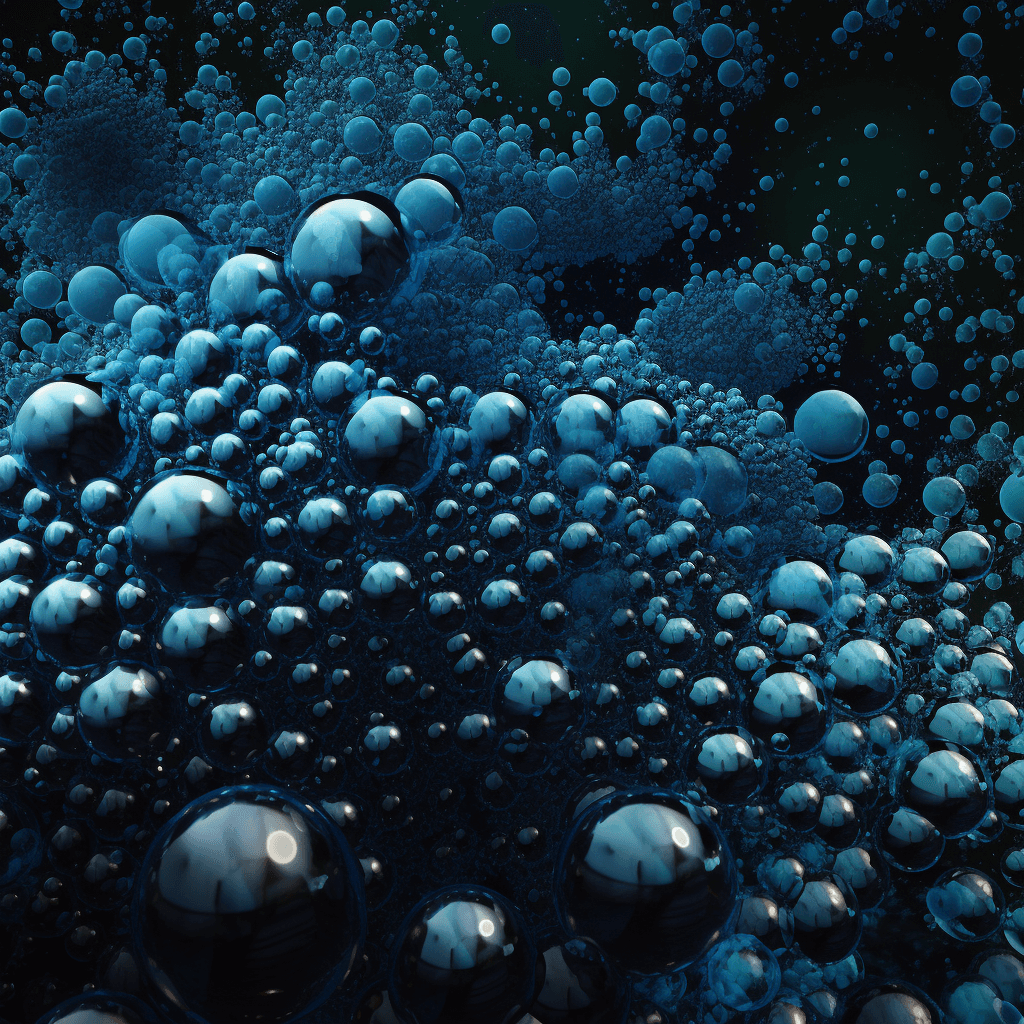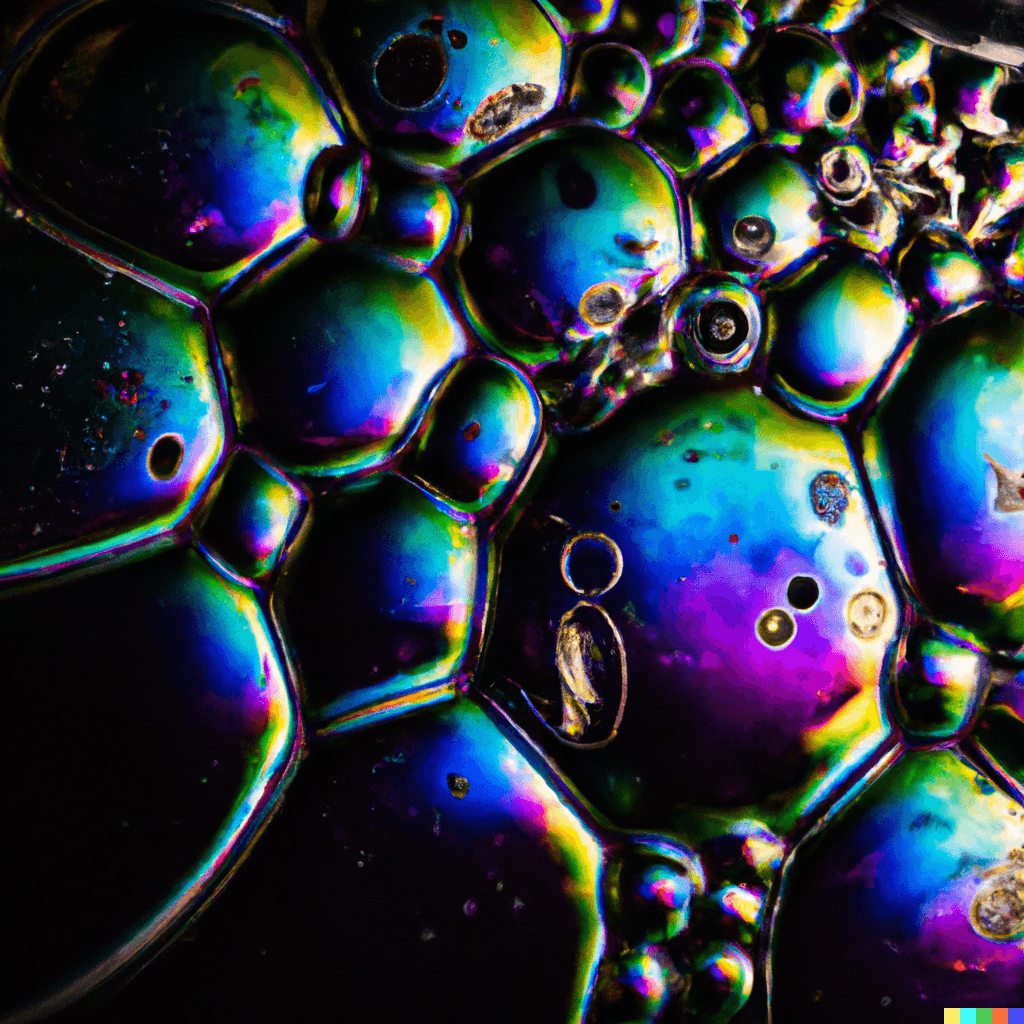How nanobubbles work?
Nanobubbles work by releasing gas into a liquid and forming very small gas bubbles that remain stable in the liquid. The gas molecules are typically oxygen, nitrogen, or carbon dioxide, and they are infused into the liquid using a variety of methods, such as ultrasonic waves or electrochemical reactions. These methods create tiny bubbles that have a high surface area-to-volume ratio, making them very reactive and able to absorb and release other substances.
Nanobubbles also have unique properties due to their small size. They remain suspended in the liquid due to their small buoyancy, which prevents them from rising to the surface and bursting. Their small size also means they can pass through very small spaces, allowing them to penetrate materials and surfaces that would be inaccessible to larger bubbles.
These properties make nanobubbles useful in a variety of applications, such as water treatment, where they can be used to remove contaminants from water or enhance the effectiveness of chemical treatments. They are also being researched for use in drug delivery, where their small size could allow them to penetrate tissues and deliver drugs more effectively.



